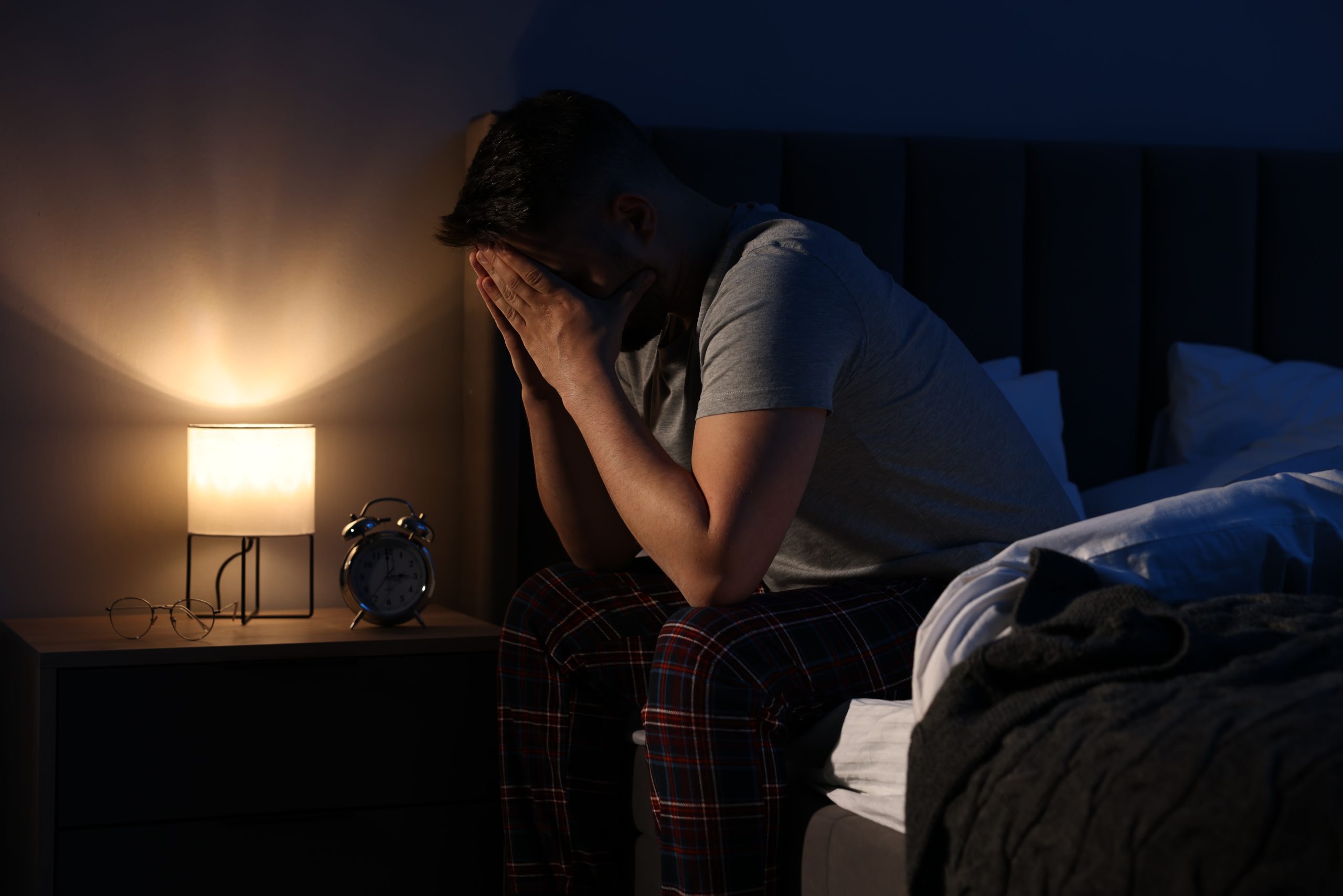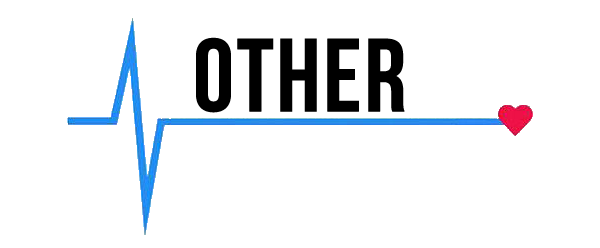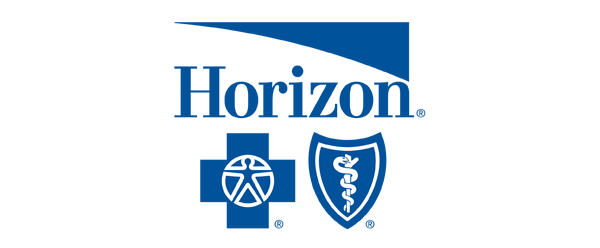Obstructive Sleep Apnea (OSA) doesn’t look the same for everyone, and neither do CPAP alternatives. While men often display the classic signs that doctors spot right away, these symptoms can be quite disruptive.
Loud snoring can shake a room, and partners might notice them gasping for breath or suddenly waking up during the night. These moments can be frightening to witness.
Daytime tiredness is another common symptom, which can make simple tasks exhausting and even lead to falling asleep while working or driving. Men with OSA also frequently wake up with headaches, a dry mouth, or a racing heart, sometimes feeling like they can’t breathe. These obvious clues often lead to a faster diagnosis for men.
“Men present more dramatically with loud snoring or choking episodes,” states UT Physicians. “Women have more subtle symptoms like feeling tired, fatigued, or experiencing mood changes. Women also need less pressure in a CPAP (continuous positive airway pressure) machine to treat sleep apnea than men. These machines provide a constant level of air pressure to keep the airways open during sleep.”
Subtle Signs in Women and CPAP Alternatives
When it comes to reviewing CPAP alternatives and Obstructive Sleep Apnea, women often fly under the radar.
Unlike the loud snoring usually linked to men, their symptoms tend to be milder and easier to overlook. Chronic tiredness is a common symptom; even after a full night’s sleep, the exhaustion lingers because deep sleep is repeatedly interrupted.
Many women with OSA experience a mental fog, where focus slips, memory feels fuzzy, and thoughts move slowly. Restless nights are also common, with sleep that comes and goes, lots of tossing and turning, and even insomnia for some.
The condition can also take a toll on mood, causing sudden irritability or sadness, and some may develop anxiety or depression for no apparent reason. Waking up with headaches and battling sleepiness during the day are also frequent issues.
Additional symptoms can include a shaky heartbeat or rising blood pressure. Unfortunately, because these symptoms are so often mistaken for other health problems, many women wait much longer to receive an accurate diagnosis and appropriate help.
“OSA is more severe in men compared with women matched for body mass index, although this sex difference decreases with increasing age,” states the Journal of Thoracic Disease. “Even in terms of symptomatic presentation differences have been reported between genders: women are more likely to report non-specific symptoms such as headache, fatigue, depression, anxiety and sleep onset insomnia whereas men frequently report snoring, gasping, snorting and apnea, which are primary hallmarks of OSA.”
Anatomical Variety, Hormonal Differences, and Changes
Men and women exploring CPAP alternatives will often confirm they experience sleep apnea differently because of unique anatomical and hormonal differences.
Men often have longer airways with more soft tissue in their throats, making it easier for their air passages to collapse during sleep. A thicker neck, which is more common in men, can further worsen this issue.
Hormones play a significant role for women. Estrogen and progesterone help keep their airways stable and open, but after menopause, these hormones drop sharply. This loss of natural protection significantly increases a woman’s risk for sleep apnea, especially when coupled with common weight gain around the neck during this time.
Pregnancy also presents its own risks. The body’s changes, such as a raised diaphragm and swelling in the nose and throat, can elevate the risk of sleep apnea, which, if left untreated, is dangerous for both mother and baby.
Certain health conditions also increase the risk for sleep-breathing issues. Disorders like PCOS or hypothyroidism involve hormonal shifts that can boost the odds of developing sleep apnea.
Overall, these distinctions highlight how the body’s growth, changes, and hormonal responses at different life stages directly influence the risk of sleep apnea.
CPAP Alternatives, OSA Symptoms, and Manifestations by Gender
Research clearly illustrates why many doctors miss OSA in women, and why CPAP alternatives are, or are not, considered. The current diagnostic criteria, which are often too focused on men’s symptoms, cause many women to be overlooked.
It’s easy to see why this happens:
| Category | Men (Typical Presentation) | Women (Atypical/Subtle Presentation) |
| Symptoms | Loud Snoring, Witnessed Apneas/Gasping, Severe Excessive Daytime Sleepiness, Morning Headaches, Waking up gasping/heart pounding, Dry mouth | Chronic Fatigue, Insomnia/Restless Sleep, Anxiety/Depression, Brain Fog, Morning Headaches, Frequent Nocturia, Silent Apnea, Unexplained Daytime Sleepiness (less severe), Heart Palpitations, High Blood Pressure |
| Physiological Characteristics | Higher Prevalence, Larger Neck Circumference, Greater Upper Airway Collapsibility, Longer Airway Length, Larger Volume of Soft Tissues in Pharynx, Higher AHI (especially NREM), Higher Ventilatory Response to Apneas | Lower Prevalence (but higher undiagnosed rate), Symptoms at Lower AHI, Higher Prevalence of Upper Airway Resistance Syndrome (UARS), Hormonal Influence (Protective Estrogen/Progesterone, Increased Risk Post-Menopause/Pregnancy, PCOS, Hypothyroidism), Higher AHI (especially REM) |
| Common Misdiagnoses | Often recognized by partners | Stress, Anxiety, Depression, Menopause, Insomnia, Anemia, Cardiovascular Disease, Hypothyroidism, Overwork |
Diagnostic Thresholds and Systemic Bias
Men and women show unique sleep patterns with Obstructive Sleep Apnea, according to several experts on CPAP alternatives. Women often struggle more during REM sleep, whereas men’s issues typically appear in non-REM stages.
Many women also deal with Upper Airway Resistance Syndrome (UARS), where the airway narrows but doesn’t fully collapse. Although their oxygen levels may not drop significantly, sleep is interrupted all night, leading to daytime tiredness.
This means women can feel exhausted even if their AHI score is considered “normal” by male standards, which diagnostic rules primarily focus on. This makes it easy to miss key warning signs in many women.
This mismatch creates significant barriers for women seeking answers. Fewer women are diagnosed with OSA, while men are labeled with the condition far more often, and nearly 90 percent of women with OSA go undiagnosed. This is a deep-rooted bias shaping how many doctors test and listen.
Women are rarely sent for sleep studies, and when they are, doctors often attribute their symptoms to anxiety, depression, or menopause. Social issues also play a role, as many women don’t have a partner to notice loud snoring, or they keep quiet out of shame.
Since most screening tools are based on studies of men, women are often left waiting for validation or help, and this cycle of missed signs keeps the problem alive.
Cultural Perceptions, Snoring Nuances, and CPAP Alternatives
Cultural habits shape how men deal with health problems, and it can also shape how they perceive CPAP alternatives. Many men shrug off symptoms like loud snoring or exhaustion, chalking them up to aging or a tough work schedule.
This habit makes them wait too long to see a doctor. They may even view sleeping poorly as a sign of strength and admitting to sleep issues can feel shameful.
Some men brag about how little sleep they get, wearing it like a badge of honor. Nobody ever considered that their late nights could be a sign of something serious. It turns out that what looks like simple snoring might hide a much bigger health problem.
The relationship between snoring and sleep apnea isn’t always clear. Louder snoring doesn’t always mean worse sleep apnea. During those scary moments when the airway nearly shuts, snoring might actually get quieter.
This surprises most people, and relying on a partner’s report about snoring can mislead doctors. This can result in either diagnosing a problem that isn’t serious or, much worse, missing a case that needs urgent help.
“When people think of sleep apnea, they often think of older, overweight men who have loud snoring and choking or gasping,” states SELF. “We now know that sleep apnea is far from rare in women; it just gets missed in them a lot more often. It’s estimated that nearly one in five women have the condition, but 90% of those who do aren’t aware that they have it. That major gap is due to both biological differences in how the condition shows up (in symptoms and test results). Plus gendered dynamics that shape who seeks help — and gets taken seriously when they do.”
A Collaborative Path to Better Diagnosis and Treatment
To overcome diagnostic hurdles, a more personalized and gender-sensitive approach is important in your search for CPAP alternatives. This begins with better education from health care providers on the diverse symptoms of sleep apnea, especially the more subtle signs more frequent in women.
Beyond textbook symptoms, doctors need to look at the full picture by combining a patient’s health history with physical exams, recognizing that each person is different. Since women are often overlooked, it’s crucial to speak up for yourself. You can help your doctor by writing down your sleep patterns and any observations from a partner.
For those with mild sleep apnea, a custom oral device can be a great option. This mouthpiece holds your jaw forward to help you breathe easier and doesn’t require a bulky machine. Some studies suggest that women, in particular, do well with this treatment, as the small device fits easily in a purse or pocket.
Wellness and Pain
Find your personalized CPAP alternatives by visiting Wellness and Pain. We offer conservative treatments, routine visits, and minimally invasive quick-recovery procedures. We can keep you free of problems by providing lifestyle education and home care advice.
This enables you to avoid and manage issues, quickly relieving your inhibiting lifestyle conditions when complications arise. We personalize patient care plans based on each patient’s condition and unique circumstances. Wellness and Pain can help improve wellness, increase mobility, relieve pain, and enhance your mental space and overall health.











